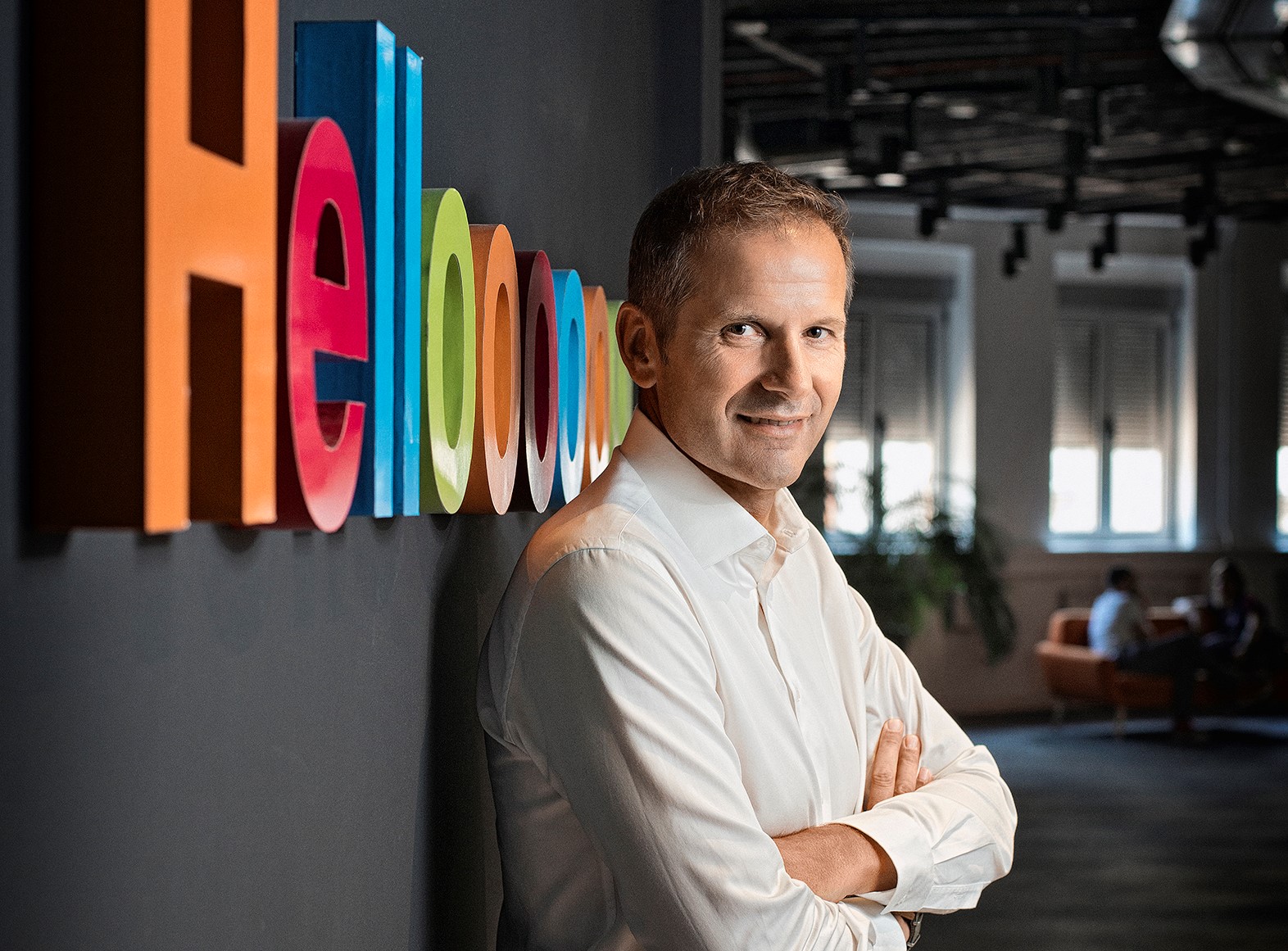THE IMPRESSION IS THAT CONTENT MARKETING IS NO LONGER TRENDING IN SERBIA, BUT ON THE OTHER HAND, RESEARCH HAS SHOWN THAT IT IS STILL AMONG THE TOP 3 CHALLENGES THAT THE PROFESSION FACES. HOW DO YOU EXPLAIN THIS?
My impression is that there is more talk about content marketing in Serbia than in previous years and that clients are more interested and willing to invest in it. The challenge exists, but primarily in the domain of agencies that have not adapted their teams, modes and processes to content creation for digital channels, so they have difficulty delivering content that is simultaneously of high quality, frequent and digitally embedded. We should be content that we have recognised this field early and that there we have a willingness to transform and invest in new knowledge.
WHAT ACTUALLY MAKES A CONTENT CAMPAIGN DIFFERENT IN RELATION TO CREATION OF 24/7/365 CONTENT FOR A BRAND?
There is a lot of content, but what distinguishes the right content campaign from random content created for a variety of needs is the strategy. Content without a valid plan, creative work not supported by analytics and testing, as well as real-time content optimization – all this is just a one-time “piece of content” that has one-time value.
There has been a lot of talk about the primacy of creative work in content marketing, but essentially, without analytically supported digital knowledge and investment, we risk campaign failure and waste of budget. So the key is having an ideal blend of creative and digital work in unison, not in opposition. That’s why this year we launched the start-up Digital Element, which just showed that there is one huge space in the market for Big Data in the domestic content marketing industry. The market is eager for digital analytics, but processed and tailored to each company or brand individually.
IN WHAT WAY DOES CONTENT MARKETING TRANSFORM BRAND COMMUNICATION?
I can freely say that content marketing has proven to be a real game changer. It sounds like a small, simple word, often caricatured, but is actually an integral part of the strategic marketing approach because it gives all market players an equal chance to attract and retain a specific target group with relatively small budgets and well planned tactics through various formats.
The ease with which consumers reach a great deal of information today also enables them to thoroughly explore things and use information to make smarter purchasing decisions. And that’s where content marketing comes in. No newspaper, radio or TV channel can transmit information so quickly among people around the world.
Content marketing, on the other hand, has in a relatively short period of time been able to digitalise the entire process of measuring a campaign’s success, return on investment (ROI) and rapid response throughout the campaign. This is something that traditional marketing has been struggling with for years.
I would particularly emphasize the content marketing philosophy that drastically changes access to customers and service users, but also pushes companies and brands towards building friendships with them rather than capitalising on their weak point and using the media to win their attention violently. Content marketing helps us to switch from being “media terrorists” to problem-solvers for consumers.
IN YOUR OPINION, WHICH CONTENT MARKETING CAMPAIGN STOOD OUT IN 2019?
We are slowly preparing for this year’s competitions, so recently I had the opportunity to watch a lot of global campaigns and came across Budweiser TagWords. The campaign is excellent, in two respects: because it brings together outdoor solutions whose tagline ends up searching the internet and because it cleverly uses content that already exists on the internet to show the relevance of Budweiser in the music industry.
When it comes to domestic campaigns, I will be biased and single out the B2B project that Represent Communications worked on with Vip mobile, which is about to escalate starting from September. The “Naša Mreža” (“Our Network”) project is a great example of how to combine good business content, client insight and the needs of end-users.
